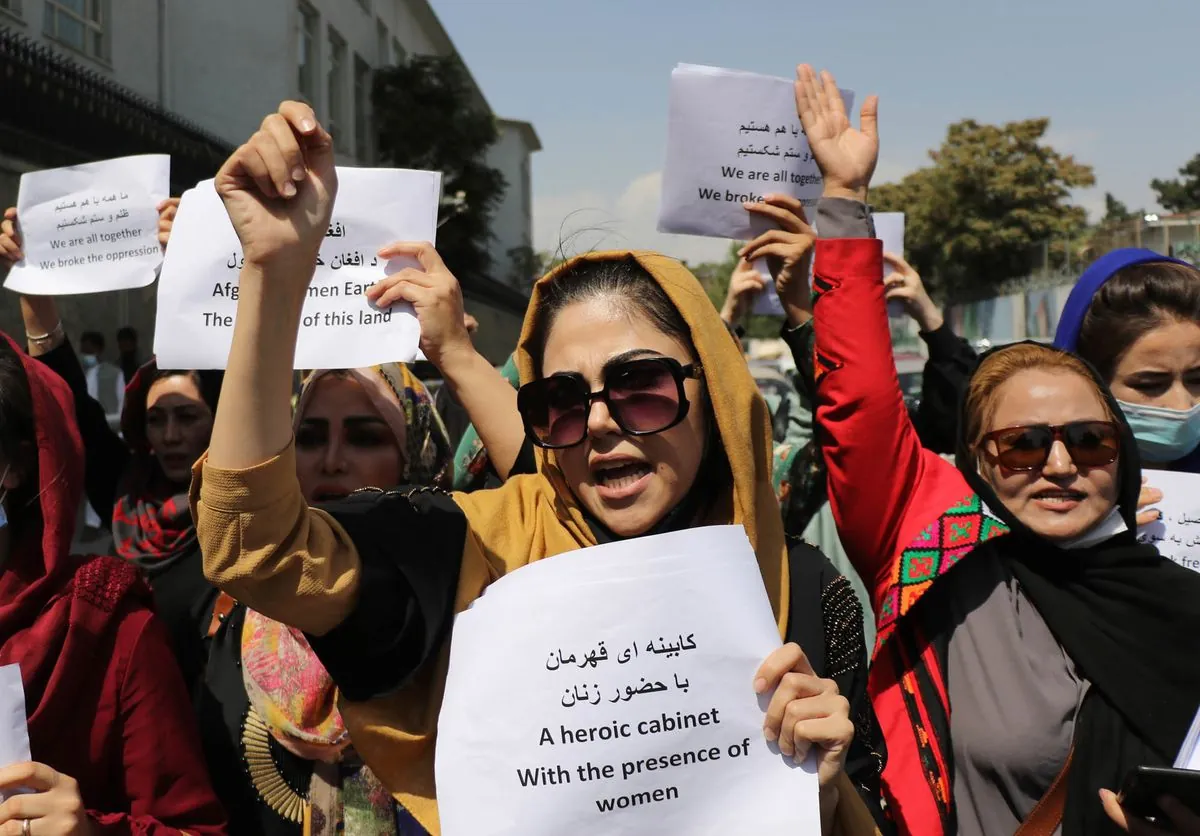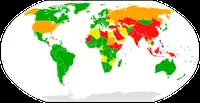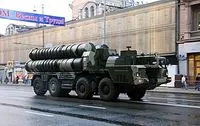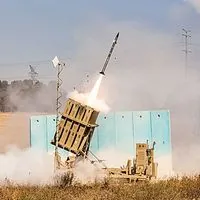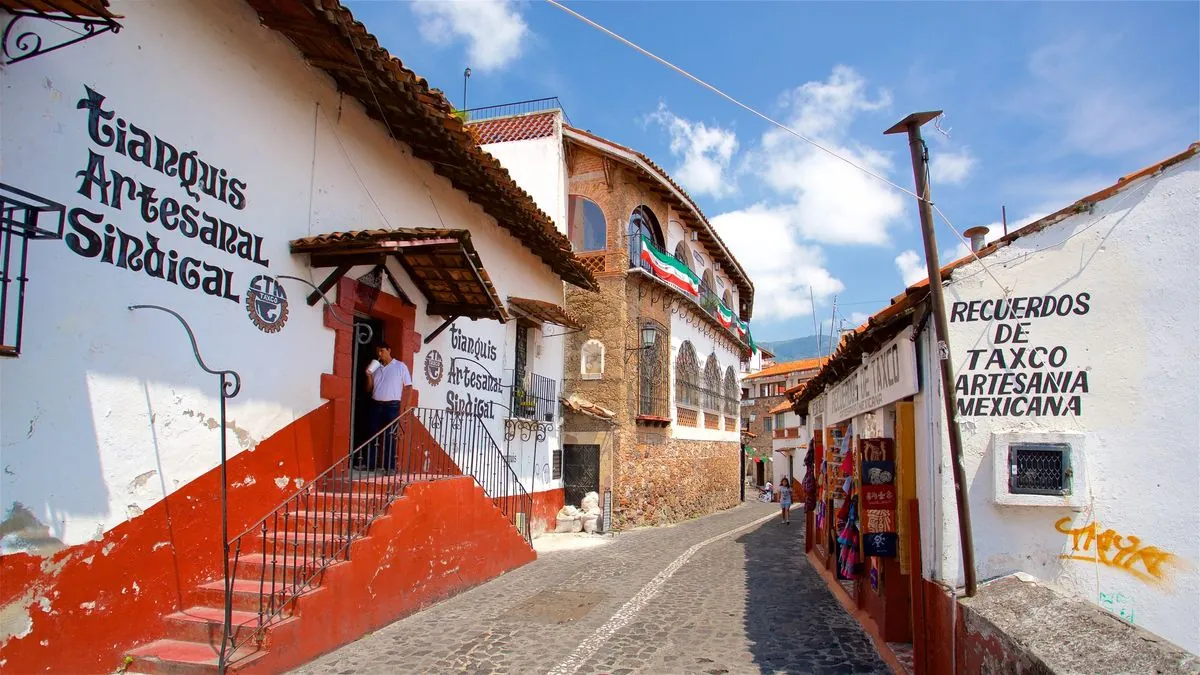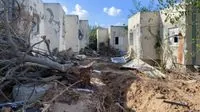UNICEF Reports Child Casualties in Sudan's North Darfur Conflict
UNICEF confirms 13 children killed and 4 injured in North Darfur fighting. Sudanese military airstrikes hit multiple locations, escalating the ongoing conflict with paramilitary forces.
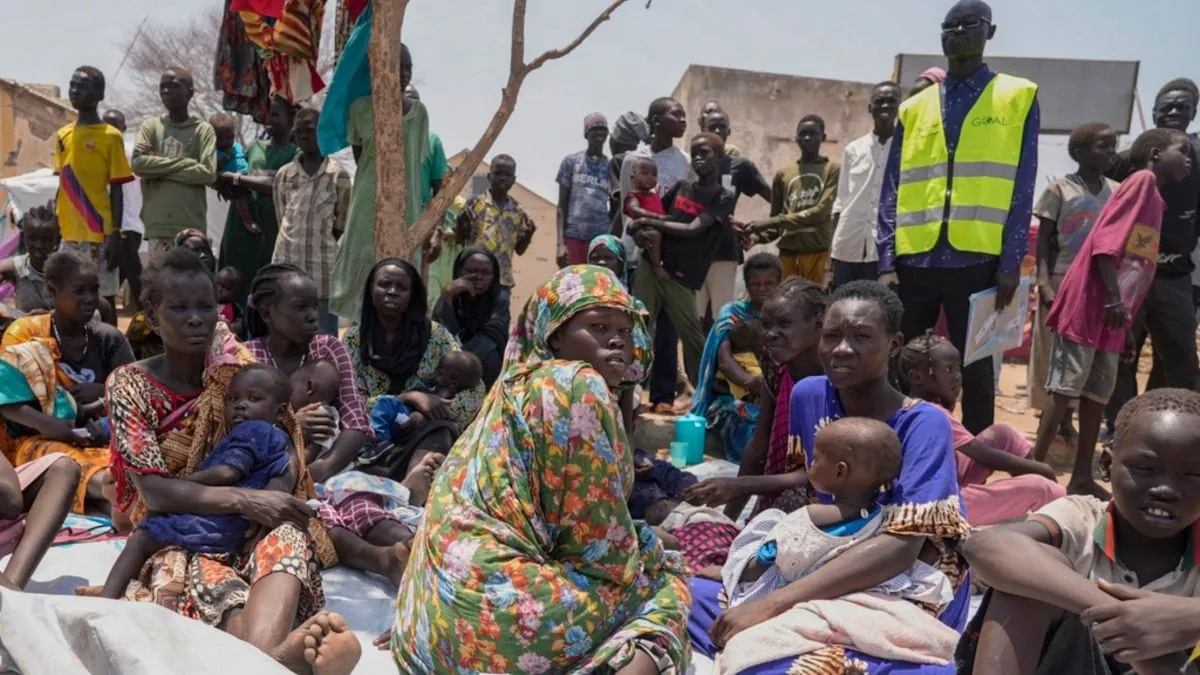
In a distressing development, UNICEF has reported that the ongoing conflict in Sudan's North Darfur region has resulted in the loss of 13 young lives and injuries to four others. The children, aged between 6 and 17, fell victim to the fighting between the Sudanese military and its rival paramilitary force.
The incident occurred as part of a larger military operation that saw the Sudanese army conduct airstrikes on multiple locations. The town of Al Kuma, situated approximately 70 kilometers east of El Fasher, the capital of North Darfur, was among the areas targeted. Reports indicate that the strikes also affected Mellit and Hamrat al-Sheikh in North Kordofan.
This recent escalation is part of a broader conflict that erupted in April 2023, initially centered in Khartoum, the capital of Sudan. Since then, the hostilities have spread across the country, with Darfur experiencing particularly intense fighting. Sudan, the third-largest country in Africa by area, has a long history of internal strife, having faced multiple civil wars since gaining independence from Anglo-Egyptian rule in 1956.
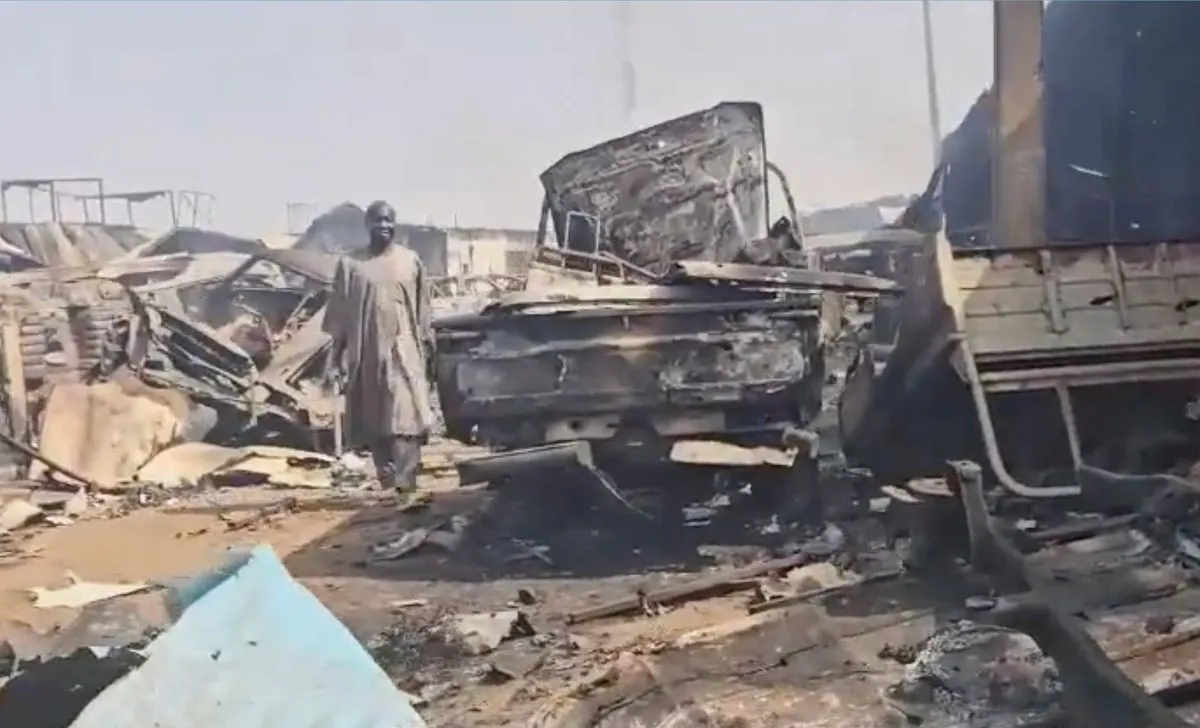
Sheldon Yett, UNICEF's representative to Sudan, expressed deep concern over the situation:
"These attacks on children are unacceptable. Children have no role to play in wars or civil conflict, but children are the ones who are suffering the most as the conflict in Sudan grinds on. Children should be safe everywhere, in their homes, neighborhoods, and on the streets."
The ongoing conflict has had a devastating impact on Sudan's population. Approximately 20,000 people have lost their lives, with thousands more injured. The war has also led to the displacement of over 10 million individuals, including 2.4 million who have sought refuge in neighboring countries and beyond.
Sudan's complex history and diverse population, comprising over 500 ethnic groups, have contributed to the country's ongoing challenges. The nation has faced multiple humanitarian crises due to conflicts and natural disasters, and its economy has been significantly impacted by international sanctions.
The current conflict involves the Rapid Support Forces, which originated from the Janjaweed militias in Darfur. This region has been a hotspot of conflict since 2003, resulting in hundreds of thousands of deaths. The situation is further complicated by Sudan's significant oil reserves, which have been a source of tension.
As the conflict continues, Sudan's young population, with a median age of about 19 years, faces an uncertain future. The country, once the largest in Africa before South Sudan's independence in 2011, now grapples with the challenge of protecting its citizens, particularly its children, from the ravages of war.
The international community continues to monitor the situation closely, with organizations like the International Criminal Court having previously issued arrest warrants for Sudanese officials. As Sudan works to diversify its economy beyond oil exports and address environmental challenges such as desertification, the ongoing conflict poses a significant obstacle to progress and stability in the region.





